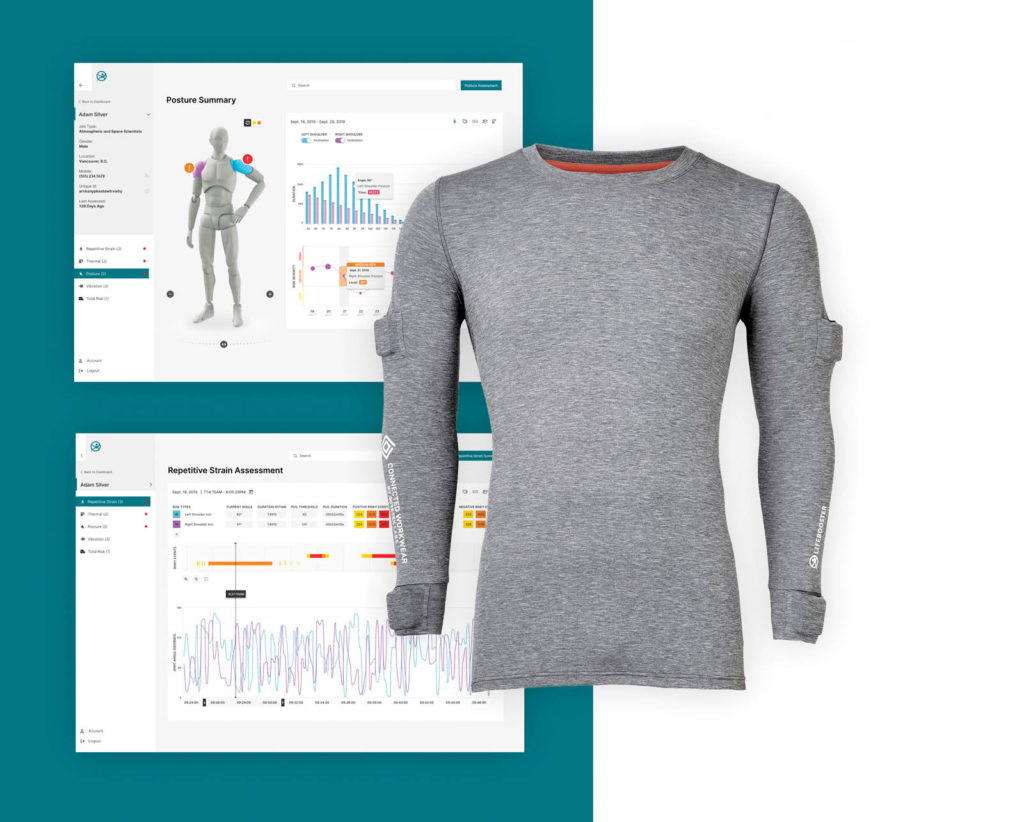
Workwear will get smarter—and potentially save more lives—through a partnership between W. L. Gore & Associates Inc. and wearable technology company LifeBooster.
In August, LifeBooster, based in Vancouver, B.C., Canada, announced the closing of an investment round from local, international and strategic investors, including Gore. The investment will enable LifeBooster to extend its development of connected worker risk analytics technology. As part of the investment, Gore will embark on a multi-year plan with LifeBooster to introduce a line of co-branded smart workwear products that will take the assessment of injury risk and worker protection to a new level of form, function and value.
LifeBooster’s connected worker platform, Senz™, delivers all-in-one assessments on repetitive strain (motion), thermal (heat stress), posture and vibration risks using small, lightweight wearable sensors purpose-built by the company, resulting in a high return on investment per risk assessment. The company optimizes risk reduction in the workplace by innovating sensor technology, smart garments, data science and business methods for safety professionals and enterprise teams.
Gore and LifeBooster bring unique capabilities to their collaboration. LifeBooster’s cloud platform can assess multiple injury risks to workers in industrial environments simultaneously and is able to process data from most sensor-based sources. Gore offers expertise in high-performance apparel, including workwear.
Industry analysts are uniform in their assessment for growth in the smart apparel or e-textiles business, with compound annual growth rate (CAGR) estimates in a range of 19–29 percent through 2030.
 TEXTILES.ORG
TEXTILES.ORG


